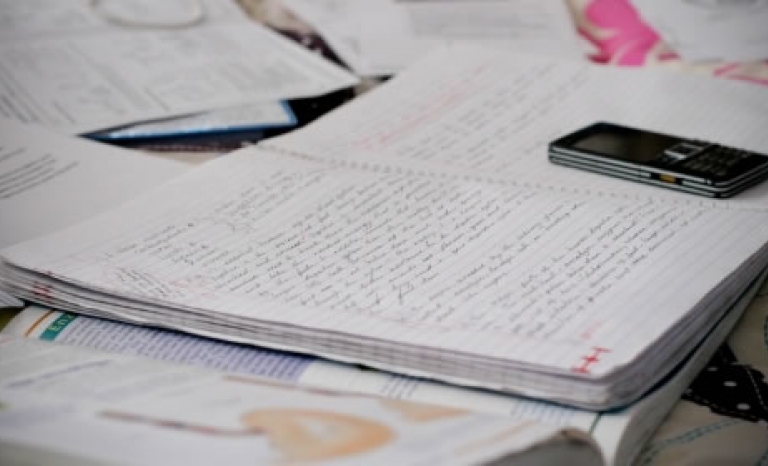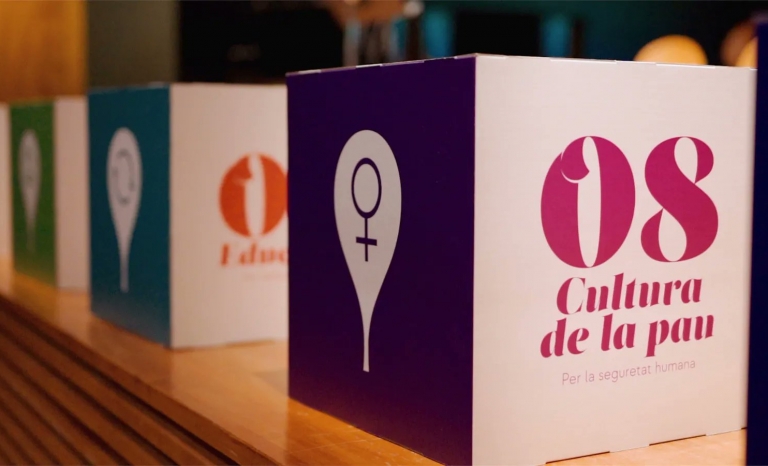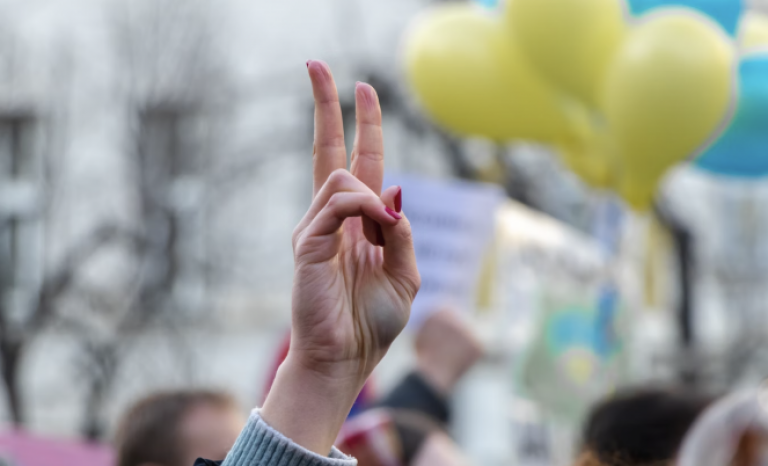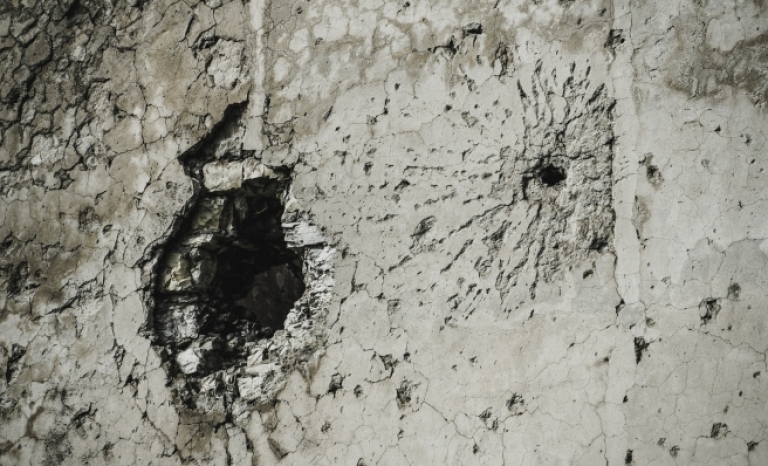At the threshold of the implementation of the Colombian peace agreement between the Government and the FARC (Revolutionary Armed Forces of Colombia) after a 50-year long armed conflict, the future of the country is full of hope, but also of uncertainty.
One of the aspects that have always been at the centre of the public opinion is how to reintegrate the combatants that have given up war into civil life. Even if the country has programmes and associations, resulting from previous amnesty experiences and collective and individual demobilisation of different armed groups, finding an effective way of getting guerrilla fighters back into civil society and having a second chance, and for the communities they join to accept them along the way is an ongoing challenge.
However, thinking about the future reintegration is not enough; the myth of a new life cannot eclipse the understanding of socialisation processes experienced before by armed group combatants. Aspects such as political training, setting aside personal issues for the benefit of the collective and the values learnt in the guerrilla are key in order to envisage potential pathways for an effective reintegration.
In 2008, in a neighbourhood in southeast Bogota, demobilised guerrilla fighters lived peacefully side by side with paramilitary groups, the victims of the armed conflict and vulnerable population. Following research conducted in this community, it was found that the success of this process of reintegration was in the community organisation led by former combatants from the guerrillas, from purchasing housing to building close ties with the community. The commitment, work within the community and leadership were the foundations to build a reinforced community organisation process that would allow for reintegration and reconciliation, and none of this would have been possible without the training received inside the armed groups.
This is only one of the examples showing the importance of taking a comprehensive approach when thinking of reintegration processes, taking stock of the previous knowledge and the stories of the individuals as a starting point to forge new citizens and, even more importantly, considering organisation as one of the central axes in collective reconciliation processes. It is for this reason that the role of community and civil society organisations is the cornerstone for peace in Colombia.
From the micro level, the organisational processes that are under way to build social fabric, opening spaces for participation and citizenship, the neighbourhood councils, among others, are the platforms that act as fertile ground for a comprehensive re-inclusion of some 15,000 combatants rejoining civil life.
From a macro level, the agreement if full of hope. The political participation, the promotion and support to social movements and organisations are vital. Now it is in the hands of each Colombian, who today have the opportunity to rethink themselves from a sense of collectiveness, to build a more inclusive and politically active society, committed to a peaceful coexistence.












Add new comment